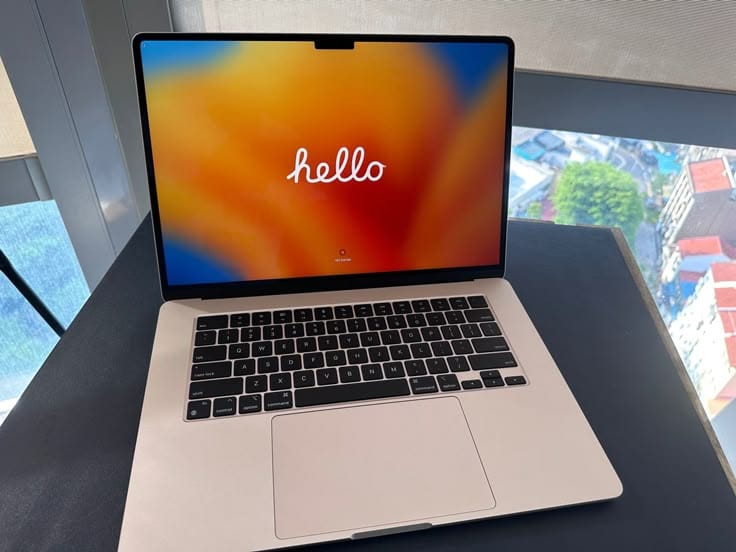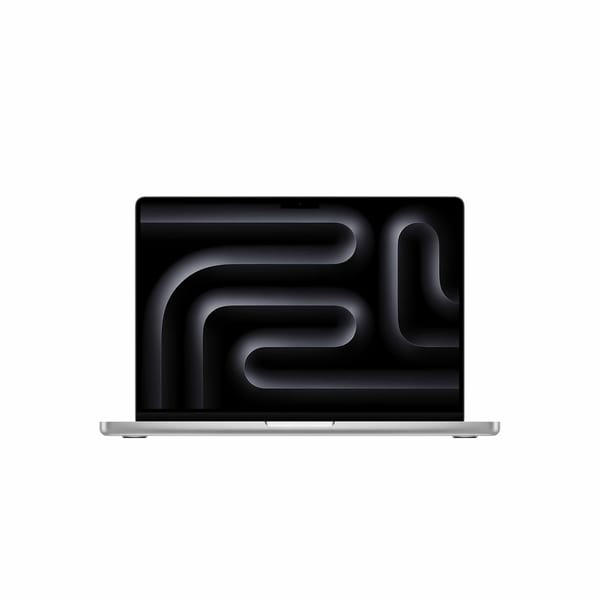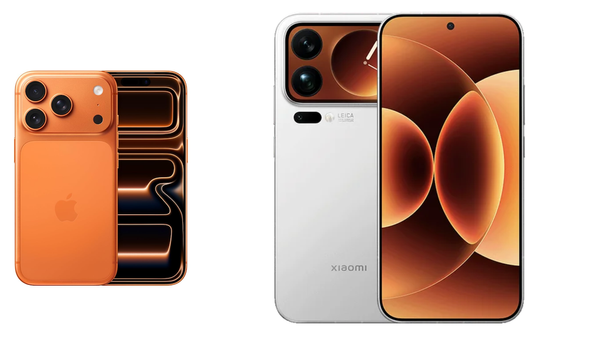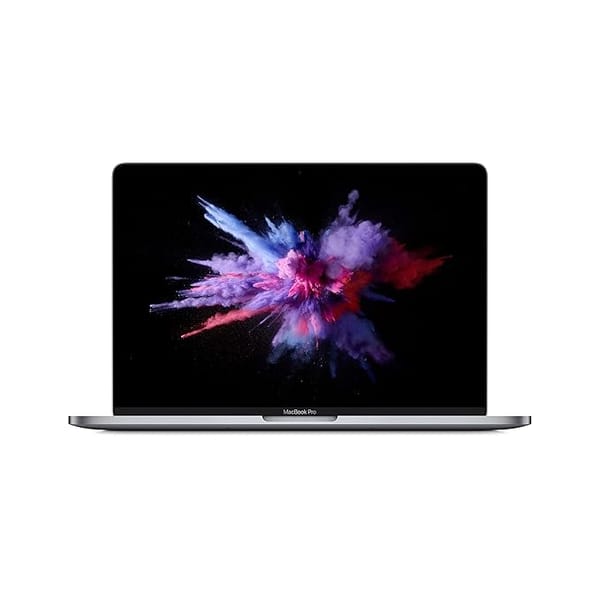A Comprehensive Guide On Choosing The Right Laptop Screen Size
The 13 and 14 inch laptops are ideal for those prioritising mobility, while 15.6 and 16 inch models offer a sweet spot for productivity and immersive experiences.

Laptop screen size is one of the most crucial considerations when selecting a device. From ultra-portable 13-inch models to large 17-inch powerhouses, the variety of sizes reflects the diverse needs of users. But why are there so many different screen sizes? Why do brands like Apple introduce new size variants, such as the 15-inch MacBook Air, despite their long-standing emphasis on portability?
This article explores these questions, breaks down the best laptop sizes for different user categories, and provides valuable insights into why screen size matters in making the right purchase.
Why Are There Multiple Laptop Screen Sizes?
The variation in screen sizes is a result of balancing portability, usability, and performance. Here’s why different screen sizes exist:
- Portability vs. Productivity: Smaller screens, such as 13- or 14-inch models, are designed for lightweight portability, making them ideal for professionals on the move. Larger screens like 15.6 or 16 inches prioritize comfort and multitasking efficiency.
- Market Segmentation: Different groups of users such as students, professionals, gamers, and creators have unique preferences. The variety ensures everyone finds an ideal fit.
- Display Advancements: As laptop display technology advances (e.g., thinner bezels, higher resolution panels), manufacturers can offer larger screens without significantly increasing physical size.
For years, 13- and 14-inch models were dominant in ultraportable laptops, while gaming and workstation devices leaned toward 15.6 and 16 inches. Now, brands are expanding options further to address the evolving needs of users.
Best Screen Size for Different Users
Laptop screen size depends heavily on use cases. Below, we outline the best choices based on different user types.
1. College Students
College students need a lightweight, portable, and battery-efficient laptop. Since they carry laptops between classes and use them for research, typing, and entertainment, a compact screen works best.
Best choices are:
- 13-inch MacBook Air (Lightweight, powerful battery)
- 14-inch Windows laptops (e.g., Dell XPS 13, HP Pavilion 14)
A smaller screen keeps the laptop compact and ensures long battery life without sacrificing usability.
2. Working Professionals & Freelancers
Professionals and freelancers need a balance between portability and screen real estate for productivity. A 14-inch laptop works well for those who prefer mobility, while a 15.6 or 16-inch laptop suits users who deal with spreadsheets, coding, or creative work.
Best choices are:
- 14-inch Lenovo ThinkPad X1 Carbon (For business users)
- 16-inch MacBook Pro (For freelancers, creatives, and programmers)
Larger screens improve multitasking and reduce strain during long hours of work.
3. Gamers
Gaming laptops prioritize graphics performance and immersion, requiring bigger screens. The 15.6-inch size remains the most popular for gaming, but 17-inch laptops are ideal for those who prefer a desktop-like experience.
Best choices are:
- 16-inch ASUS ROG Zephyrus (Balanced gaming power)
- 17-inch Alienware x17 (For hardcore gaming)
Bigger screens enhance gaming immersion and allow for high refresh rates.
4. Creators & Video Editors
Video editors, designers, and animators need high-resolution displays with excellent color accuracy. A 16-inch screen provides ample space for working with timelines and layers, making it a preferred choice.
Best choices are:
- 16-inch MacBook Pro (Retina Display, excellent performance)
- 17-inch Dell XPS (4K display for professional creators)
Large screens improve visibility, precision, and efficiency for creative tasks.
Living With The Bigger Machines: College Students
Living with a bulky 16-inch gaming laptop as a college student comes with significant trade-offs. While the power and display quality are attractive, the portability and battery life can be major drawbacks. Here's a breakdown of the challenges and possible solutions:
Challenges of Using a 16-inch Gaming Laptop in College
- Heavy Weight & Large Size
- Gaming laptops often weigh 2.5 kg to 3 kg (or more), making them cumbersome to carry between classes.
- The bulkiness can be an issue when fitting into a backpack along with books, notebooks, and accessories.
- Frequent Charging Needs
- High-performance gaming laptops have power-hungry components like dedicated GPUs.
- Most won’t last a full day without charging, meaning students must find power outlets in lecture halls or libraries.
- Cooling & Noise
- Gaming laptops use large cooling systems to manage heat, leading to noticeable fan noise.
- Using it in quiet environments like classrooms or study areas might be distracting to others.
- Less Comfortable for Quick Work
- A bigger screen is great for gaming and multitasking, but unnecessary for simple tasks like note-taking or browsing.
- It might take up more desk space, making it less convenient in tight seating areas.
Can Students Adapt to These Downsides?
Despite the challenges, some students do manage with a bulky gaming laptop by:
- Investing in a quality backpack with proper support to handle the weight.
- Carrying the charger everywhere to ensure they can recharge when needed.
- Using external cooling pads to reduce overheating and fan noise.
- Keeping cloud backups & external storage so they can switch to smaller devices (like tablets) when traveling light.
Better Alternatives for Students Who Game
If gaming is important but portability is a concern, consider:
- A 14- or 15-inch gaming laptop (e.g., ASUS ROG Zephyrus G14) for a more balanced size.
- A mid-range ultrabook (like a MacBook Air or Dell XPS) paired with an external GPU for gaming at home.
- Cloud gaming services (Xbox Cloud Gaming, NVIDIA GeForce Now) to play on a lightweight laptop without needing heavy hardware.
A 16-inch gaming laptop is possible for a student, but it isn’t ideal. If portability and battery life matter, choosing a lighter, more efficient laptop or gaming with an external setup would be far more practical.
Why Did Apple Introduce the 15-inch MacBook Air?
Apple had long dominated the ultraportable laptop segment with 13-inch MacBook Air, emphasizing portability and compact design. However, users who wanted a larger display without jumping to the heavier MacBook Pro series lacked an option.
The 15-inch MacBook Air solved this by:
- Offering more screen real estate for professionals who wanted a bigger workspace.
- Retaining its lightweight design, unlike heavier Pro models.
- Keeping the fanless, efficient architecture, ensuring long battery life.

Apple’s decision reflects market demand—users wanted a larger Air model that remained lightweight without sacrificing productivity. This move shows how manufacturers evolve based on user preferences.
Conclusion
Choosing the right laptop screen size is a balance between portability, usability, and performance. Smaller 13- and 14-inch laptops are ideal for those prioritising mobility, while 15.6- and 16-inch models offer a sweet spot for productivity and immersive experiences. Gamers and creators benefit from larger 17-inch displays, but portability becomes a trade-off.
The laptop market has evolved to meet diverse user demands, as seen with Apple’s introduction of the 15-inch MacBook Air, which bridges the gap between compact ultrabooks and larger workspace-friendly devices. Ultimately, your workflow, daily usage, and comfort should determine the screen size that best fits your lifestyle.
With advancing technology like thinner bezels and lighter materials, larger screens no longer mean bulky laptops. As manufacturers continue refining their offerings, users will have even better choices to ensure efficiency, productivity, and enjoyment, no matter the screen size.




